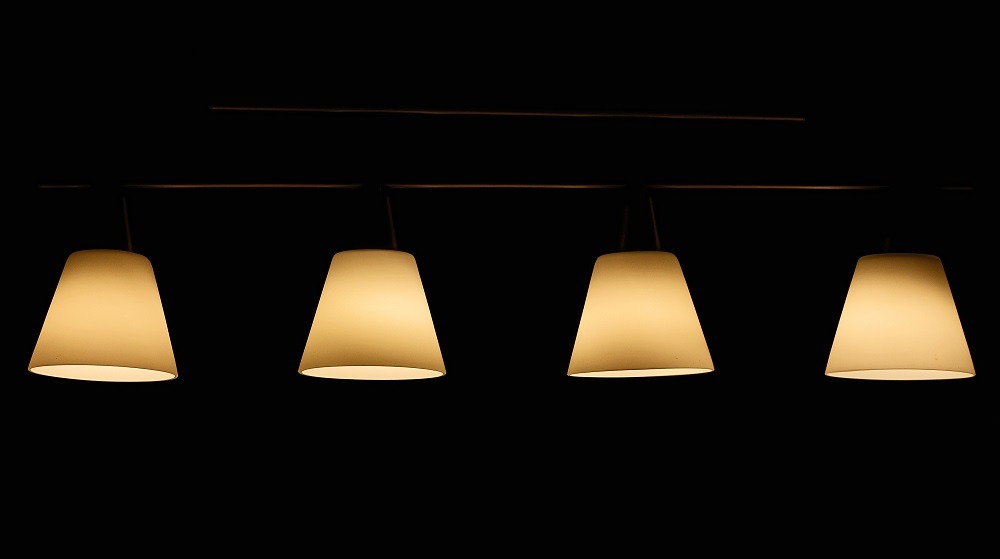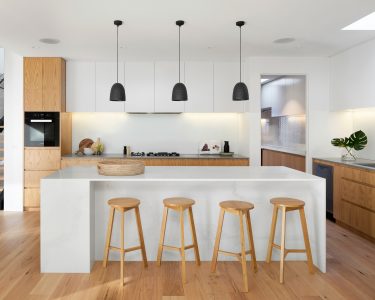When it comes to modern interior design, suspension lighting has become a multifaceted, stylish way to mix functionality and visual appeal. From setting the vibe of a room to providing focused lighting for specific tasks, suspension lighting fixtures have become commonplace in modern homes and commercial spaces. This article will discuss what suspension lighting is, its various types, advantages, and tips for choosing the right fixtures to light your spaces in an effective way.
Understanding Suspension Lighting
Suspension lighting is defined as any light fixture that hangs from the ceiling, suspended by a cord, chain, or metal rod. There’s a wide range of designs that fall into this category, including pendant lights, linear suspensions, and chandeliers. Each serves a distinct purpose and adds unique visual elements to the spaces they occupy.
Suspension lighting fixtures are often used to make a statement in a room. They can serve as a focal point, leading focus to a specific element like a dining table, kitchen island, or office workspace. These fixtures provide more than simple illumination, they also contribute to the overall design of a room.
Types of Suspension Lighting
Linear Suspension Lighting
Elongated, narrow designs are characteristics of linear suspension lighting, making it perfect for illuminating rectangular surfaces like dining tables and kitchen islands. These fixtures add direct and indirect lighting to a space, creating a balanced environment. Modern and minimalistic interiors often employ linear suspensions because of their sleek and streamlined appearance.
Pendant Lighting
Pendant lighting is incredibly flexible since it comes in numerous styles, shapes, and sizes. As a result, pendant lighting can be used for several tasks like general, ambient, or task lighting, depending on their design and placement. Areas like kitchen counters, in living rooms, or above bedside tables are ideal for pendant lighting because they require more focused lighting. Pendant lights can also be grouped together at varying heights to create a dramatic and stylish effect.
Chandeliers
Chandeliers are normally associated with grandeur and elegance, often featuring several arms and extravagant designs. While they often occupy larger spaces like dining rooms, entryways, and ballrooms, modern chandeliers have changed over the years to fit various interior styles, from classic to contemporary. Chandeliers provide a good amount of ambient lighting and typically serve as a centerpiece, becoming the focus of the room’s interior design.
Advantages of Suspension Lighting
Versatility
One of the main benefits of suspension lighting is how versatile the discipline is. These fixtures can be adjusted to suit different interior designs and functions. There is a suspension light that will fulfill your decor and lighting requirements, regardless of what you’re looking for.
Energy Efficiency
Many modern suspension lights use LED technology, which is known for its energy efficiency and long lifespan. LED suspension lights use less power and create less heat than traditional incandescent bulbs, so they’re an environmentally friendly choice. Additionally, some LED models come with features like color changing and dimming. This way, they can adapt to different activities and moods.
Aesthetic Appeal
Suspension lighting fixtures add to the visual appeal of a space significantly while remaining functional and practical. They can highlight architectural features, create focal points, and contribute to the room’s overall vibe. Whether it’s the minimalist lines of a linear suspension or the ornate details of a chandelier, these lights add personality to any room.
Choosing the Right Suspension Lighting
Factors to Consider
When selecting suspension lighting, you should think about several factors:
- Room Size and Ceiling Height: Ensure the size of the fixture is appropriate for the space and that it hangs at a reasonable height to provide effective illumination without blocking movement.
- Light Intensity and Color Temperature: Think about how bright and warm the light is and how it matches up with the intended purpose of the room. For instance, a kitchen may require bright, cool lighting, while a living room might benefit from warmer, softer lighting.
- Style Preferences and Existing Decor: Choose a fixture that matches with the room’s existing design elements, whether it’s modern, rustic, or traditional.
Installation Tips
Proper installation is important to keep your suspension lighting both functional and safe:
- Measurement and Placement: Measure the area where the light will hang to make sure it’s centered and balanced. Leave enough space between the fixture and the edges of the table or island below.
- Safety and Electrical Considerations: If unsure about electrical work, hire a professional to install the fixture. Ensure the ceiling can support the weight of the light and that all its connections are secure.
The Impact of Suspension Lighting
Suspension lighting provides a versatile and stylish solution that adds a lot to the functionality and aesthetics of your interior spaces. With an understanding of the different types of suspension lighting and consideration of key factors like room size, light intensity, and style preferences, you can find that perfect fixture to light up your home or office. Whether opting for the sleek lines of a linear suspension, the versatility of pendant lights, or the elegance of a chandelier, the possibilities for suspension lighting to create beautiful and well-lit environments are endless.





